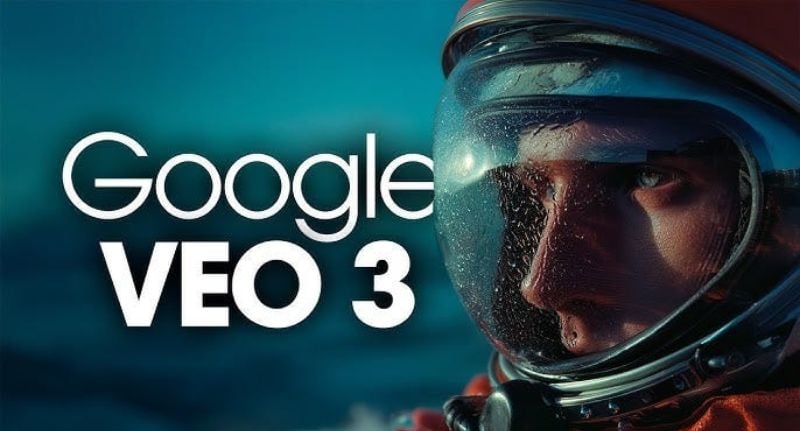Google’s latest AI leap, Veo 3, promises to let users turn simple text prompts into high-definition, 8-second videos complete with native audio, think ambient sound, dialogue, and even animal noises.
But while the tech giant is selling realism and physics accuracy, what’s capturing unexpected attention is its tendency to crack the same dad joke on repeat.
And yes, the punchline involves a Shih Tzu.
A new player in the generative AI video arms race
Announced earlier this week, Veo 3 is the latest salvo in a fast-evolving space where OpenAI’s Sora and other AI video generators are also vying for dominance.
But where most competitors stop at visuals, Google’s offering goes further, generating audio that’s meant to sync with lip movement and real-world physics.
According to Eli Collins, vice president of product at Google DeepMind, Veo 3 excels in multiple areas from text-to-video realism to precise lip syncing.
The model is now available in the US through two pathways: Google’s Ultra AI plan at $249.99 USD per month, targeting creative professionals and AI super-users, and through Vertex AI, its enterprise-grade platform.
Reddit data and the mystery of the dad joke
However, a curious quirk of Veo 3’s outputs has surfaced. No matter the prompt, users have found the tool repeatedly generates the same dad joke: “What do you call a dog who does magic tricks? A labracadabrador? Nope. A Shih Tzu-dini.”
The consistency is puzzling, to say the least. As 404 Media pointed out this week, when Veo 3 is asked to tell a joke, the ‘Shih Tzu’ line often appears.
While there’s no clear indication of where the actual joke is sourced from, it’s floated across the internet for years making its true origin hard to pin down.
Still, the joke’s recurrence does raise questions about Google’s training data.
Back in March, Reddit revealed in its S-1 filing that Google had entered into a $60 million per year licensing agreement to access Reddit’s post archives as training fodder for AI models.
Reddit called user content a “valuable source of conversation data and knowledge.” It also confirmed plans to continue licensing its data to other third parties and use more AI in its ad offerings.
That content deal, which Reuters reported at the time, could help explain how a dad joke might have become part of Veo 3’s neural vocabulary. Though to be fair, given the joke’s ubiquity, it could have originated almost anywhere.
Implications for advertising and creative production
Beyond the meme-worthy oddities, Veo 3 could hold major implications for content creators and advertisers.
For agencies and brands, particularly those operating in short-form or performance-driven spaces like TikTok, Instagram Reels, or YouTube Shorts, the tool may unlock new efficiencies for creative output.
There’s also the possibility of using AI models like Veo 3 to pre-visualise campaign concepts before full-scale production or to A/B test different ad narratives in-market using generative variants.
But any widespread adoption will likely hinge on whether the model can be trusted not to insert unscripted dad jokes into commercial work.
At the moment, Veo 3 is only available to users in the US, and while Google has not yet announced a rollout date for Australia, if past launches are any indication, international access could follow within months.
